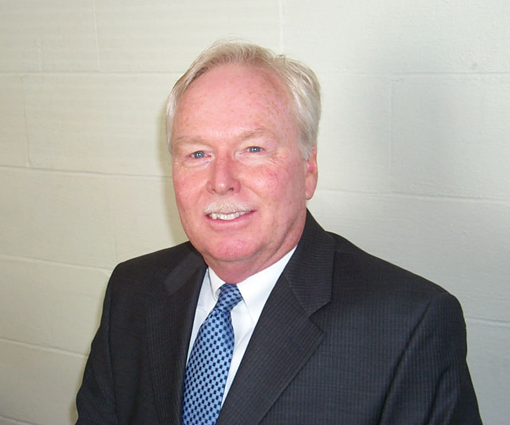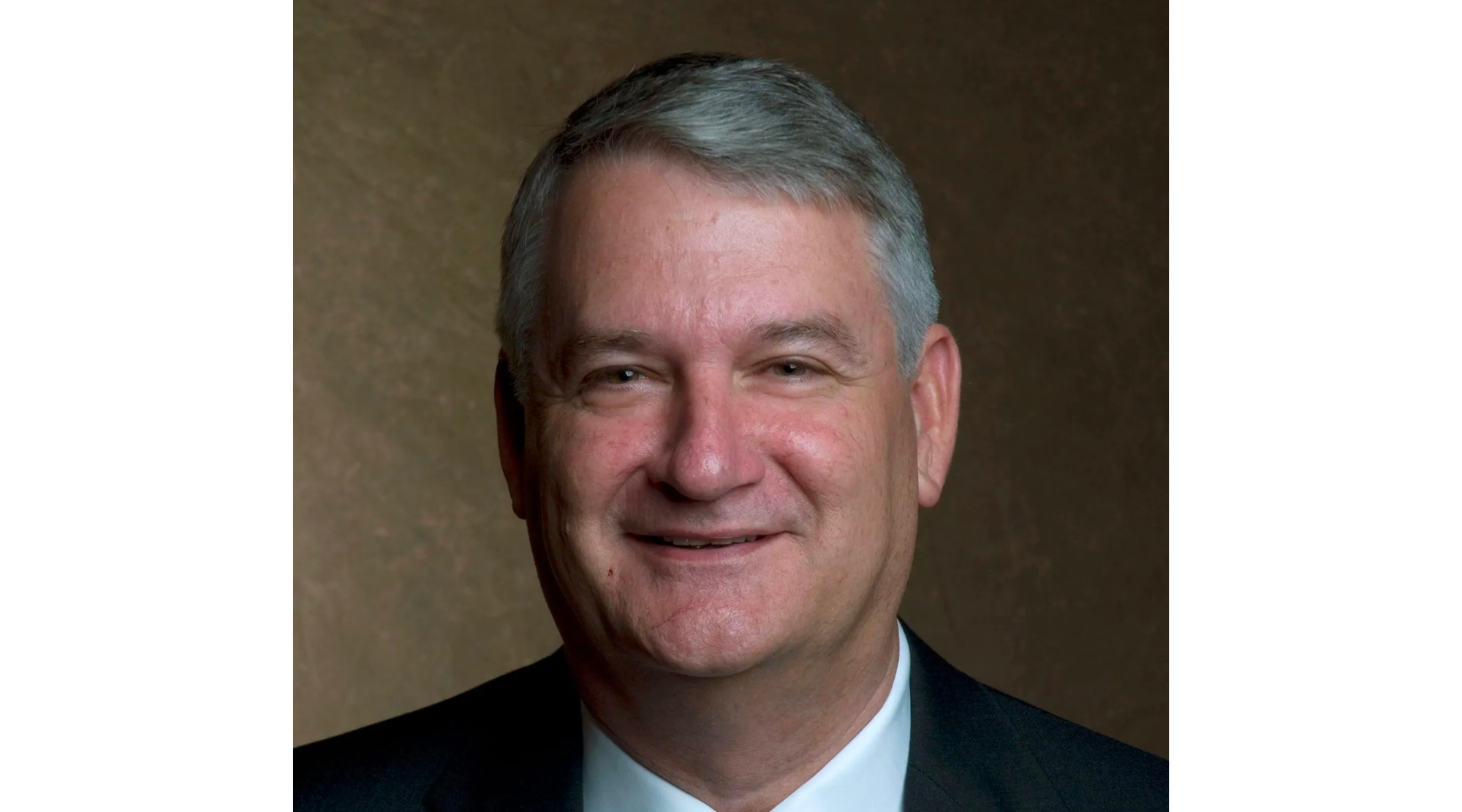Cardiac arrest: Do you know what to do?
Published 8:56 am Friday, June 1, 2012
By DR. DEAN BURKE
You are shopping in Dothan at your favorite store with your spouse. You’re carefully checking out the sales racks while your husband is sneaking glances at the young saleslady. At least that’s what it looks like to you.
You realize he’s not in your peripheral vision any longer and look around to see what got his attention. You see him on the floor, holding his chest gasping for breath then nothing. You realize he isn’t breathing and you can’t feel a pulse.
You yell for help. What happens in the next two minutes may be the difference between his life and death. If you know CPR and start chest compressions immediately while getting the saleslady to call 911, you have about a five to ten percent chance of saving your beloved. That doesn’t sound too good, but it’s better than almost zero chance if nothing is done.
If the saleslady brings you an Automatic Electronic Defibrillator (AED) that her store has onsite, and she or someone nearby knows how to use it, your husband’s chance of survival may have just jumped to 40 to 45 percent, according to some studies.
My wife and I recently went through training to be American Heart Association CPR instructors.
We learned how to teach the lay public and health professionals the latest in CPR techniques and how to teach the use of the Automatic Electronic Defibrillator.
This training has made a believer out of me on how important it is for all of us to be familiar with CPR training. It has made me realize how important it is to have an AED device any place the public gathers in large numbers. Along with the purchase of those devices by a business or government entity, adequate training of enough personnel to be able to use it if effectively if a cardiac arrest occurs is equally important.
To understand the significance of this risk, cardiac arrest is estimated to occur in almost 300,000 men, women and children per year. It is estimated to kill more people than the deaths each year from breast cancer, prostate cancer, automobile accidents, and AIDS combined.
Some studies suggest that if AED’s were universally available to the public gathering in large groups, as many as 40,000 people could be saved, each year!
AED’s can cost anywhere from 250-1500 Dollars depending on the bells and whistles that can be added. The training to use them usually costs about 50-100 dollars per person to be certified in CPR and AED use.
If that is your Mom, Dad, or child laying there not breathing in need of this device, I’m sure you would think it’s a small price to pay!
The next time you see a CPR class available, take the time to go. And it would be a great project for governmental bodies, and civic organizations to try to make AED’s available anywhere large numbers of people gather in our communities.
This column originally appeared in The Donalsonville News and is re-printed with permission.





